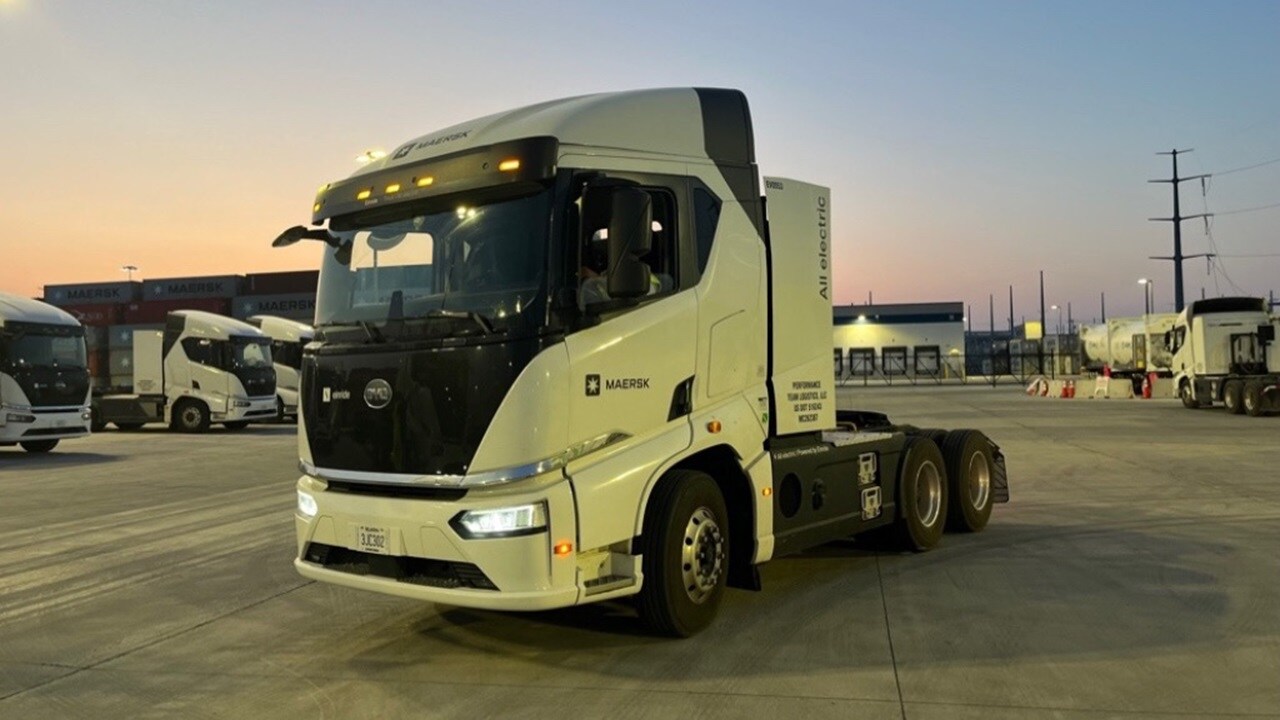Today, transportation is the largest source of climate pollution in the United States. In 2021, the Transportation Sector accounted for 29% of total greenhouse gas emissions, and medium-and heavy-duty trucks account for 23% of the transportation emission.1 One of the primary causes is combustion of gasoline and diesel in car/truck. To solve the climate crisis, we must decarbonize the vehicles on our roads. Electric vehicles are more efficient in converting energy to power trucks, and electricity across the board is cleaner and cheaper as a fuel for vehicles. Running electric trucks have the potential to reduce greenhouse gas emissions by approximately 67-73%, as revealed in a study by the International Council on Clean Transportation (ICCT)2.
Driven by increasing environmental concerns, local and federal regulations, and a strong focus on fuel efficiency, companies are projected to transition their fleet to electric trucks, marking a significant shift that will revolutionize the logistics industry.
Supported by an ever-expanding infrastructure and complemented by a range of local and federal grants and incentives, Maersk and its customers adopting these solutions are at the forefront of this transformative movement.
If you are a company looking to adopt electric trucking solutions for your supply chain, here are five things to consider as you start your journey:
1. Range and Weight Considerations for Electric Trucks
The Class 8 Electric trucks currently available, have demonstrated ranges on the order of 220 miles (100 miles in each direction) on a single charge. Although not currently designed for pulling overweight or heavyweight cargo, EVs can support cargo weights up to 40,000 lbs. without experiencing significant reduction in range. This weight capacity is noteworthy, considering that a cargo weight of 44,000 lbs. is typically the threshold for not requiring overweight permits. In several states, special considerations are granted to accommodate the additional weight of EV truck assets, allowing for a higher total tare weight compared to diesel vehicles.
2. Availability of Charging Infrastructure
In certain areas, either private infrastructure (that Maersk is building) or public infrastructure (like the Port of Long Beach is building) is sufficient for practical implementation. From Southern California to Chicago and New Jersey, Maersk has joined the international effort in investing in this vital infrastructure with ambitious plans to expand across the U.S. and Canada in the coming months and years. US states like California, New York and Colorado offer financial incentives to encourage the adoption of charging infrastructure. These incentives can include grants, tax credits, and rebates.
3. Electric Trucks Enhance Driver Experience
Electric trucks adhere to the same stringent safety standards as their gas or diesel-powered counterparts, ensuring the utmost road safety. In addition to meeting these essential requirements, electric trucks provide truck drivers with a smoother, quieter, and cleaner ride, enhancing their overall driving experience. To gain further insights into the experiences of our drivers and learn more about the advantages of electric trucks, click here.
4. Innovative Pricing Strategies
Electric vehicles (EVs) have unique pricing considerations compared to traditional fuel-powered drayage. Therefore, Maersk has introduced diverse pricing options to ensure that transporting your cargo with an EV remains cost-effective. By offering competitive rates, we aim to make sustainable transportation accessible and affordable.
5. Search for Grants and Tax Incentives
Opting for electric transportation supports environmentally conscious practices and unlocks opportunities for grants and tax incentives, such as the Inflation Reduction Act in the United States4. Maersk recognizes the value of these incentives and is using them where available to reduce cost to customers and promote sustainable operations. Furthermore, utilizing EV assets in your supply chain provides avenues to mitigate additional expenses local municipalities may impose. For instance, utilizing EV assets in your supply chain provides avenues to achieve company goals and meet state, local and other climate requirements.
My best advice is to start planning today. Also, understand the grants and incentives available to you in your state of operation to help reduce cost. Driving sustainability to reach net-zero emissions by utilizing EV trucks is a tall task. There are many variables to consider such as cost, charging infrastructure, range, and the potential truck manufacturers you will select as your vendors. Developing a plan takes time, resources, and capital to implement EV’s into your day-to-day transportation operations.
Incorporating green initiatives in your supply chain often takes the combined effort of your operations, procurement, and sustainability teams. We welcome your questions and interest and have a variety of experts that can guide you.
Sources referenced:
Ready to drive towards zero-emissions logistics?

Contact us
Thank you very much! We will be in touch with you shortly.
很抱歉,发送您的联系请求时出现问题。
请查看表单字段,确保所有已正确填写所有必填信息。如果问题仍然存在,请联系我们的支持团队以获得进一步的帮助。
Contact us
Get in touch today to speak to a dedicated expert to find your brand’s supply chain solution and always be one step ahead.
无论您需要什么,我们都可以随时为您提供帮助
I agree to receive logistics related news and marketing updates by email, phone, messaging services (e.g. WhatsApp) and other digital platforms, including but not limited to social media (e.g., LinkedIn) from A. P. Moller-Maersk and its affiliated companies (see latest company overview). I understand that I can opt out of such Maersk communications at any time by clicking the unsubscribe link. To see how we use your personal data, please read our Privacy Notification.
By completing this form, you confirm that you agree to the use of your personal data by Maersk as described in our Privacy Notification.
